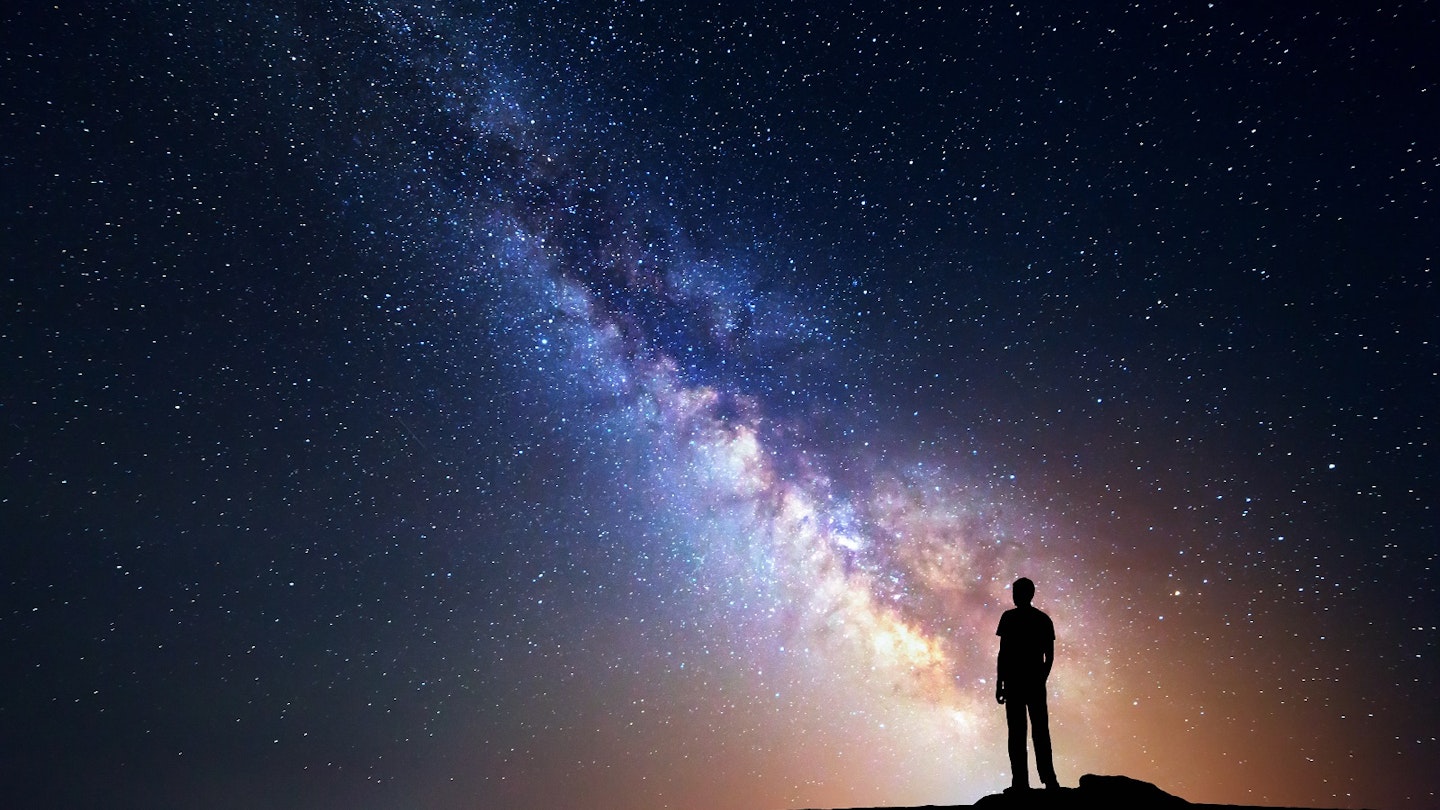The Rise of Astrotourism: Discover the Best Dark-Sky Destinations
As Earth grows ever more populous and cities expand, opportunities for humanity to look up at the universe decrease. Travellers are now seeking the world’s last-remaining dark skies where they can enjoy a clear, unpolluted view of the stars.
Imagine the twinkling span of the Milky Way with a meteor streaking across the horizon. There is something primal about watching the night sky, and nothing inspires more wanderlust than pondering the vastness of the universe beneath a sky full of constellations. Sadly, visual access to the night sky has, over the past century, become increasingly rare.
According to research by the Light Pollution Science and Technology Institute, 80% of Earth’s land mass suffers from light pollution. Consequently, for 99% of people in Europe and the USA, the night sky is obscured by artificial lighting.

In 2001, the International Dark-Sky Association established a programme to award destinations working to preserve their dark skies. As a result, astrotourism has been a growing trend. In 2017, roughly seven million people travelled across the USA to witness the total solar eclipse, and similar pilgrimages are expected in South America this year when another eclipse temporarily darkens a portion of the continent.
With an increase in awareness and more designated dark-sky parks, travellers can combine visiting new places with getting under the stars, whether on a stargazing tour, at a star party, or while sipping a glass of bubbly atop a volcano. Additionally, many of the world’s premier observatories are open to visitors, offering short astronomy courses and stargazing evenings.
The Allure of Astrotourism
So, what drives us to venture out for a glimpse of the universe? “A hundred thousand generations of Homo sapiens before us saw the Milky Way every night,” states J Thomas Beckett, board chair of Utah’s Clark Planetarium. “It’s in our DNA. However, lighting up the outdoors has led us to lose sight of it. Astrotourists are reconnecting with something that has a deep, primitive meaning to humans.”
No matter how you decide to experience the night sky, astrotourism provides a glimpse through history and a fascinating perspective on our place in the universe.

Dark-Sky Parks
Designated dark-sky locations, such as the parks and communities certified by the International Dark-Sky Association, are among the best to witness the sky free from light pollution.
- Southwest USA: The clear, dry southwestern USA hosts a number of dark-sky locations including the world’s first designated dark-sky park at Natural Bridges in Utah, the dark-sky city of Flagstaff, Arizona, the Cosmic Campground in New Mexico, and the Grand Canyon, which hosts an annual star party in June.
- Japan: In 2018, Japan earned its first accredited dark-sky place: Iriomote-Ishigaki National Park in Okinawa Prefecture. This 406-sq-km park encompasses the remote sub-tropical Yaeyama Islands off Japan’s southern coast, providing the best stargazing in the country.
- Northern Britain: Some of Europe’s darkest skies can be found in the remote parts of northern Britain, which includes Northumberland National Park and Kielder Water & Forest Park, the country’s first designated dark-sky park.
- For guidance on stargazing spots and events around the UK, check out Go Stargazing, run by a former Kielder Observatory volunteer.

Aurora Hunting
The natural sky displays of aurora borealis (Northern Lights) and aurora australis (Southern Lights) are elusive and beautiful phenomena only observable near the Earth’s poles.
- Scandinavia: From September to April, the European Arctic offers the best chance to witness the northern lights. Various dedicated tours and accommodations in Scandinavia provide stunning views.
- Stewart Island, New Zealand: Visit Stewart Island from March to September for a rare glimpse of the aurora australis, which inspired the island’s Māori name—Rakiura, meaning ‘glowing skies’.

Observatories
Typically located in dark, clear-sky regions atop peaks and volcanoes, observatories offer education in modern astronomy along with naked-eye stargazing.
- Mauna Kea, Hawaii: Hawai’i’s incredible 4200m Mauna Kea hosts the world’s largest optical astronomy observatory. Visitors can utilize on-site telescopes and engage in stargazing sessions at this clear-sky summit.
- Canary Islands: The Canary Islands have international observatories at Teide on Tenerife and Roque de los Muchachos on La Palma, which are open for guided tours and stargazing sessions, away from the light pollution of mainland Europe.

Astro-Experiences
Astrotourism encompasses a variety of stargazing experiences, whether you desire to visit a remote corner of the world, see a once-in-a-lifetime event, or enjoy stargazing from a luxury hotel.
- Stellar Tours: Astro Tours provides immersive astronomy tours led by experts and contributes a percentage of its profits to research. Sky & Telescope magazine also organizes limited tours to astronomical destinations annually, guided by its editors and specialists.
- Starry Yurt Stay: A trip to remote Central Asia or Mongolia allows for a DIY approach to night-sky travel alongside the opportunity to reside in a yurt and connect with local culture.
- Cruises: The open sea is an ideal location for stargazing due to minimal light pollution. For instance, Hurtigruten runs an astronomy cruise featuring onboard lectures along the Norwegian coast, while Princess Cruises hosts stargazing nights led by an astrophysicist.
- Stargazing Hotels: Experience a night in a sky hotel such as Elqui Domos in Chile, which offers rooms equipped with telescopes and sky-view domes. Additionally, Baines’ Camp in Botswana features ‘sky beds’ on open-air decks, while Ackergill Tower in Scotland includes a treehouse for stargazing from your bed.





